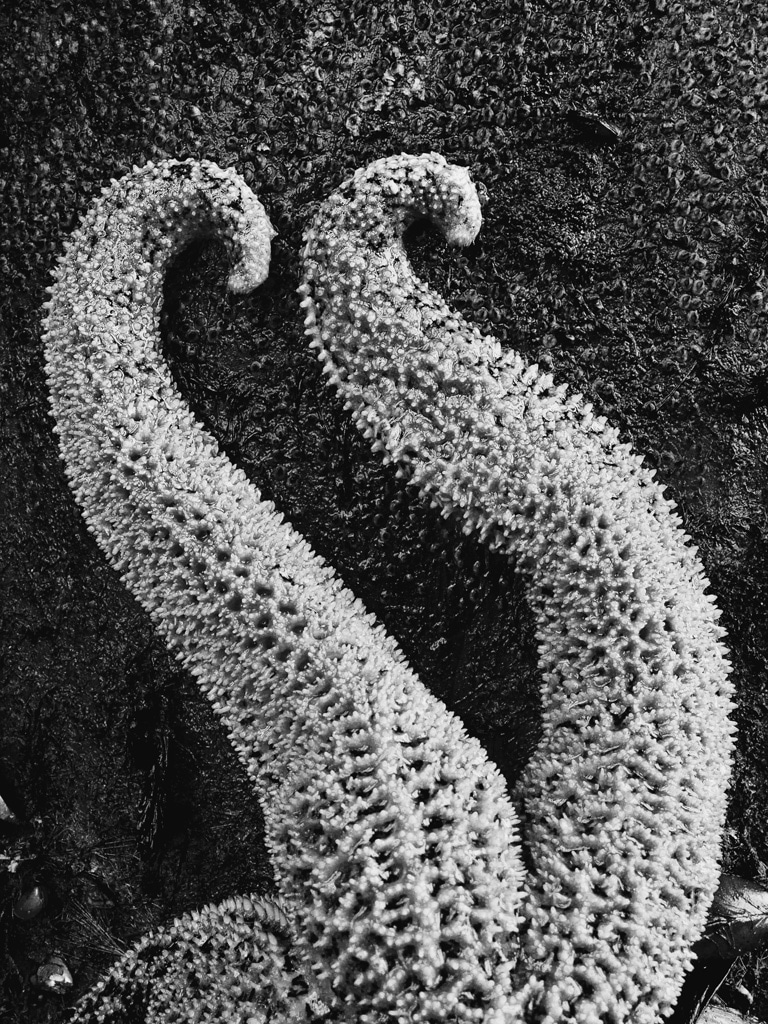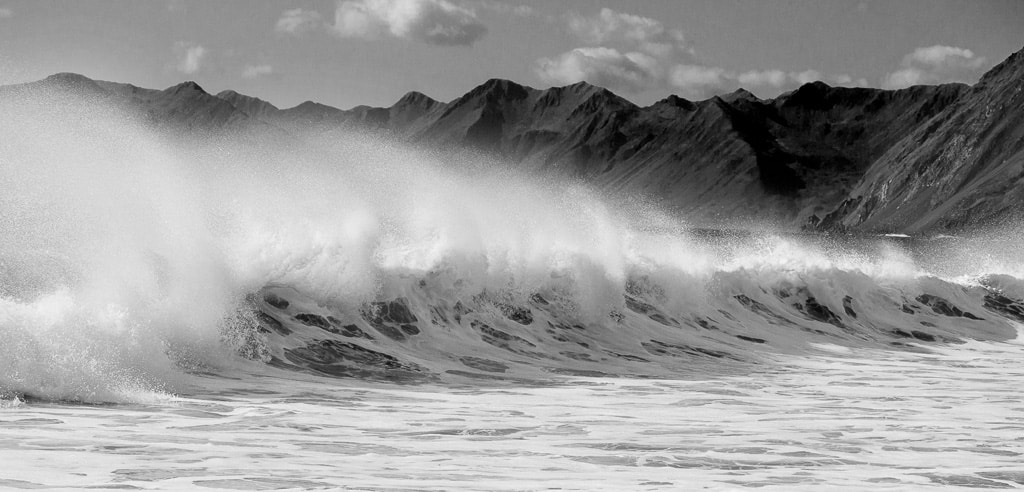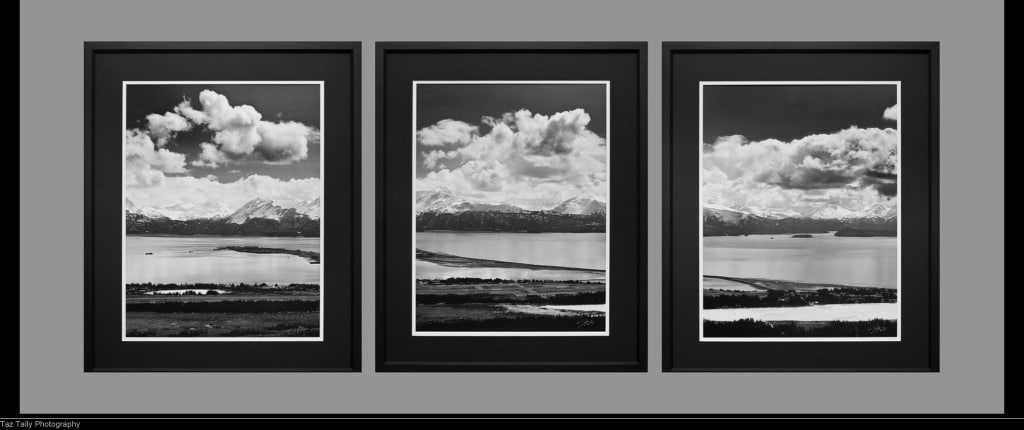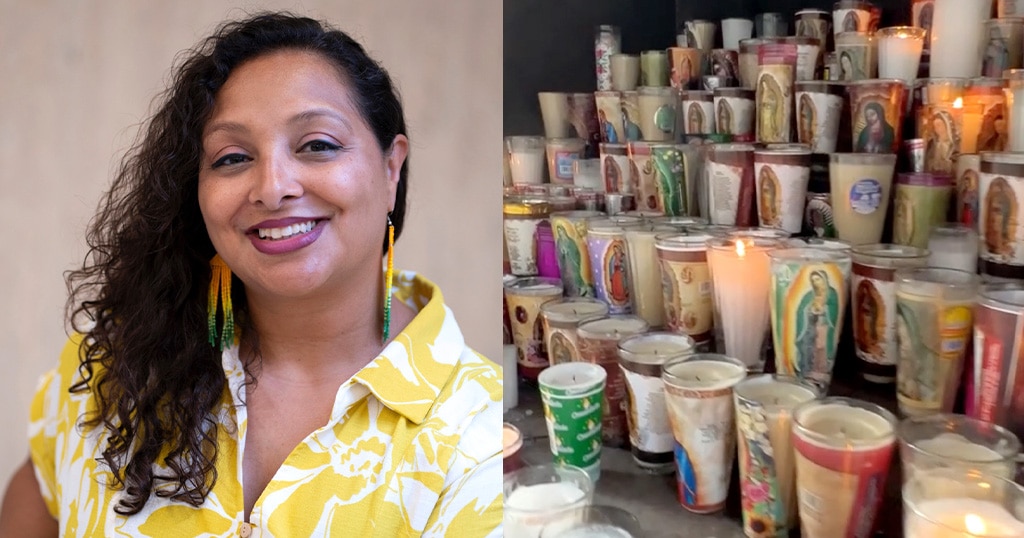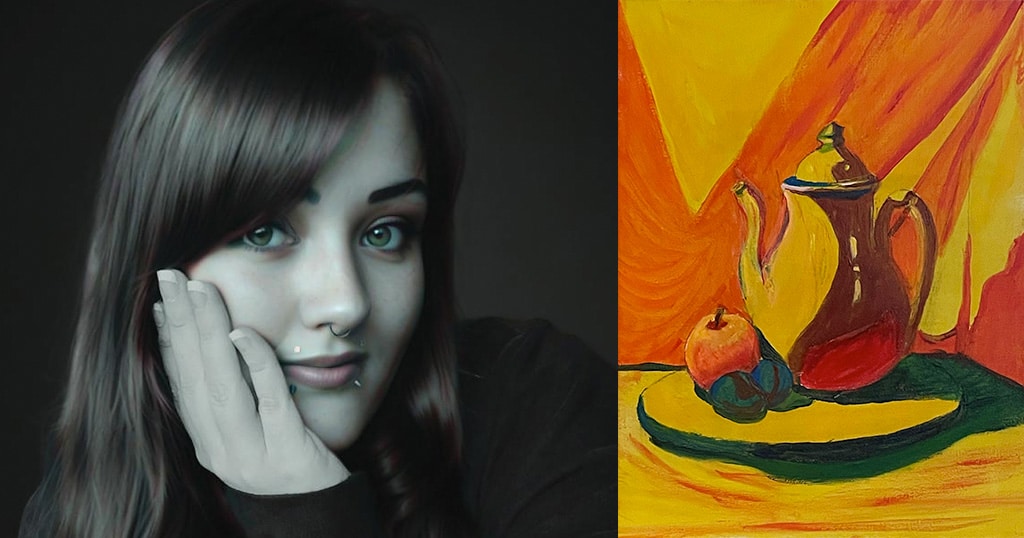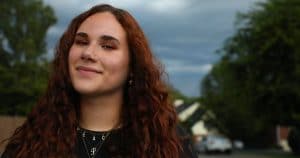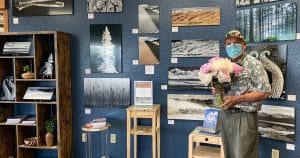Dr. Taz Tally on Black and White Photography
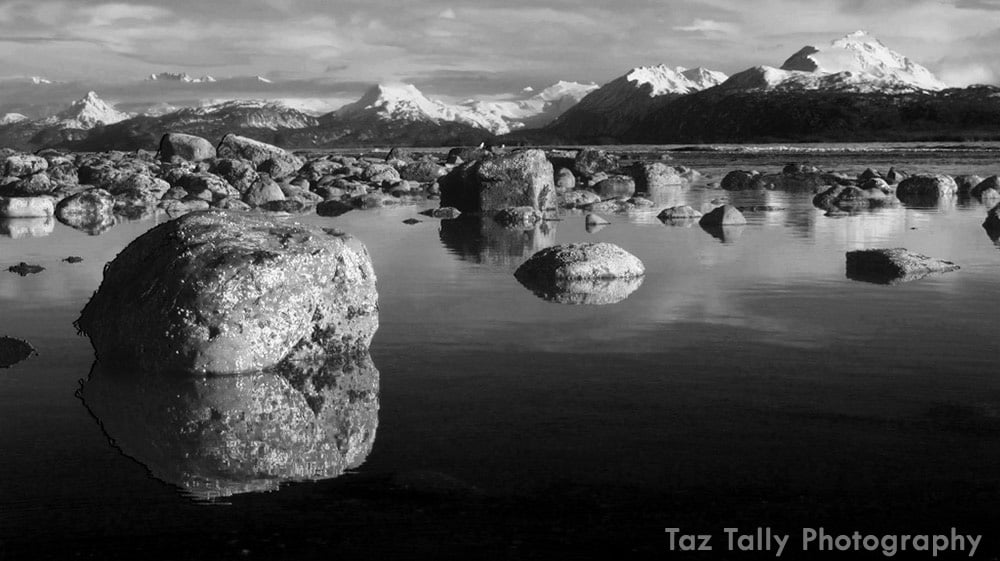
Q: What is it about photographing landscapes that draws you to it more than other subjects, like wildlife or portrait photography?
You’ve probably heard the often stated adage for writers to “write about is what you know and/or love.” I think the same applies for me when it comes to photography, I love to shoot what I love to do, and that is journey through landscape. I’m all about muscle powered adventure travel including hiking, biking, kayaking, and skiing. I truly enjoy being immersed in the landscapes through which I journey. And my love of geology and understanding how landscapes form and evolve contribute significantly to my enjoyment and appreciation of my outdoor adventures. All the wild landscapes are one of the primary reasons I moved to Alaska, and why I consider Homer Alaska, with its millions of acres of surrounding wilderness, to be perfect Tazmanian habitat.
When I view a landscape, I don’t just see mountains and trees. I see the results of millions of years of geological evolution, and I understand that my view is just a snapshot in the ongoing timeline of the landscape and that I am blessed to be able to enjoy at this point in time. So when I look at the craggy, knife-edge ridge line leading up to Sadie Peak, I imagine the 200 million-year-old basalts in radiolarian charts that were formed deep on the ocean floor under a couple thousand feet of seawater and have been transported 2000 miles north and smashed together through tectonics to form a mountain range that has been, and continues to be, carved up by glaciers and rivers to form the current landscape. All these geologic forces and processes past and present create a mélange of beautiful and intriguing textures and fabrics and shapes and forms. As a photographer, I view my primary challenge capturing and rendering these shapes and forms, textures and fabrics, in their simplest and most powerful states.
Q: What kind of camera do you use for your landscape photography? Is there a camera you would recommend as a “go-to” for beginning photographers in most scenarios?
Many people are surprised that I use a Canon G 12 to capture nearly of my landscape images. The Canon G 12 is one of those marvelous technological results of the digital age that provides most of the high-end software and control features of larger, more sophisticated cameras in a very portable format. Since I capture most of my images while I am out on hiking, biking, kayaking or skiing adventures, the Canon G 12 provides me with the portability and flexibility that I need, with enough high-end software controls to provide me with the image capture sophistication that I require. There are of course some limitations such as the lack of interchangeable lenses and limited f-stop range, but I factor these limitations into my photography, and for the type of photography that I love, landscape and macro photography, the G 12 offers me most of the features that I need most of the time. If I were specializing in wildlife photography I would need a completely different camera system.
To answer your specific question about a “go-2” camera for most scenarios, I would have to say that there is not one camera to meet most needs. However, the advice that I give most of my beginning photography students is to focus their attention on their compositions and light and not worry so much about equipment. The primary characteristics of good composition are the same whether you are shooting landscapes, portraits, or product shots. If you are just getting started in photography having a camera that is too sophisticated and complicated, with so many controls and options, can be real hindrance to learning and enjoying photography. One of the great results of the advent of the digital age of photography is the wide range of camera options available to us. For $400-$500 you can buy very capable, advanced point-and-shoot camera with full manual controls that will be fairly easy to learn and use, and allow you to concentrate more on what’s most important in photography – that being composition and light.
Q: Looking through your photographs it’s pretty clear that you also have a passion, and a knack, for black & white photography. Do you find that landscape photography lends itself to B&W?
As I mentioned before, I love to focus on capturing forms, shapes, textures and fabrics. Because of this, black-and-white photography is a natural medium for me. Color, while beautiful and eye-catching, can often be quite distracting and overwhelming. The human eye has rods for seeing tones and cones for seeing colors, and the number and sensitivity of the cones can easily overwhelm our perception of the tonal values captured by our the rods. The eye-brain combo is especially tuned to perceiving and distinguishing colors. Removing color allows us to focus more on textures, fabrics, shapes and forms.
Take a look at the color and black-and-white versions of these 2 tundra shots to see the completely different emphasis on color versus textured fabric.
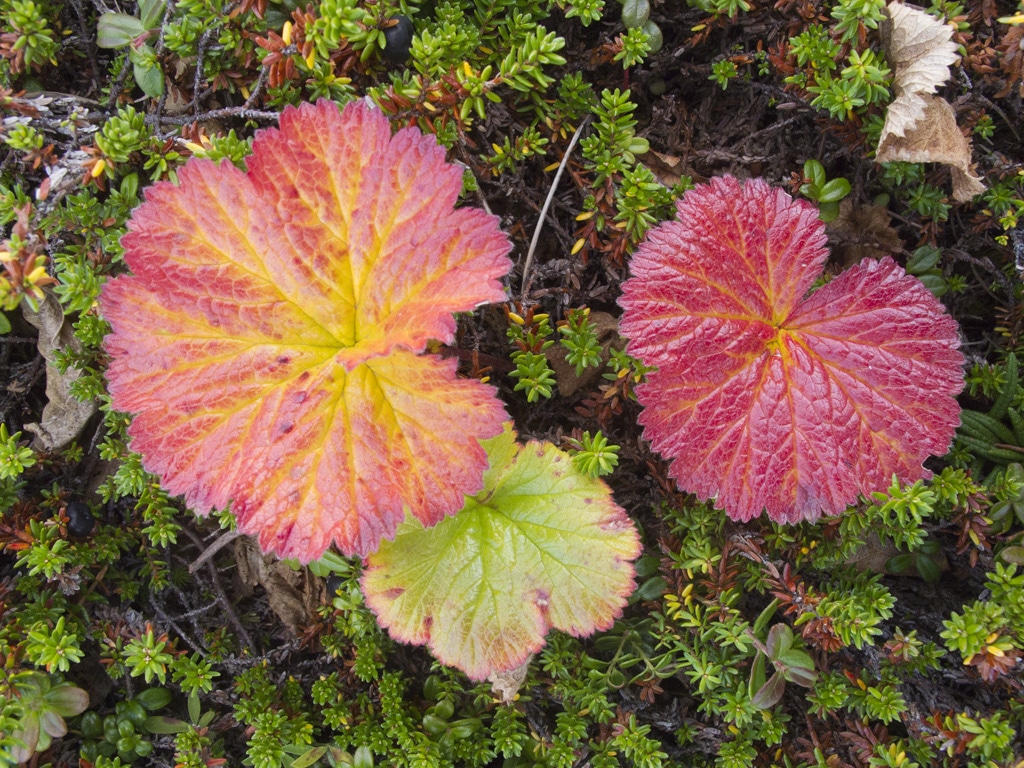
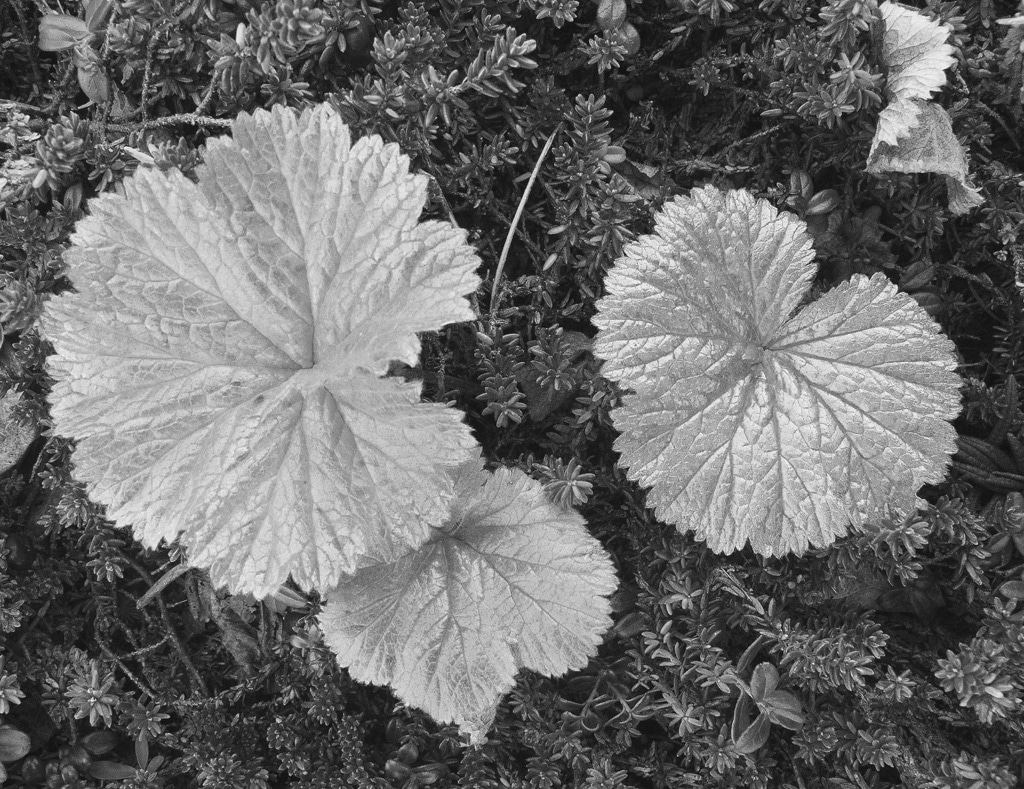
To demonstrate the often stark visual difference between the emphasis of color and black-and-white images, [below] is a link to a PDF that I show at many of my art shows called fade to black and white, which contains the pixel registration of color and black-and-white versions of the same image.
Q: What is your favorite type of landscape to shoot? (If you can limit it to just one!)
Sure, go ahead, ask me a question for which I don’t have an answer! Honestly, I find my simplest texture oriented macro shots to be as interesting and compelling as my large-scale dramatic beach and mountain range images.
I enjoy viewing this picture of Sea Star Legs, shot on a rainy day on a Homer spit beach, as I do this dramatic waving mountain scene that I shot a bright sunny day on Kodiak Island.
Q: Contrast is a major factor in B&W photography. The Alaskan landscape, which you have the pleasure of living with, and the abundance of snow and ice seems to provide great B&W photo opportunities.
I love to shoot snow scenes because they often offer such great contrast to begin with. But summer scenes offer great opportunities for creating fine black-and-white images as well. One thing I always look for when I’m shooting long-distance landscapes is good atmospheric clarity and good contrast of colors. I often find this early and late in the day, and often after storms. I enjoy shooting macro photographs on cloudy or rainy days because of the beautiful soft light that often exists.
Q: If your end goal is a B&W photograph, do you recommend taking the photograph in color and adjusting later or using your camera’s B&W setting? (If adjusting later, what program would you recommend using?)
I shoot all of my images in RGB color which, if you remember from my color correction and image editing webinar, results in the creation of 3 separate grayscale versions of the image, one for each of the “red”, “green” and “blue” channels. The 3, often very different, grayscale versions of the captured image provide a wide range of tonal values to combine to create just the contrast and look and feel that I want. I have indeed developed the knack for looking at a color scene and being able to imagine the scene in black and white. In fact, often when I’m setting up my composition, I imagine the masks and tools, techniques and settings I will be using in Photoshop to accomplish my transformation to black and white.
Q: Does composition differ at all from color to B&W photos?
The fundamental image composition characteristics I discussed of simplicity, asymmetry, eye line, scale and perspective apply to composing images whether they are color or black and white. However, I do intentionally preview, in my mind’s eye, the way the image will look in black and white and compose with good separation of tonal values in mind.
Q: Do you mind sharing your (current) favorite B&W photography piece that you’ve shot with us?
This is a difficult question, because it changes from day-to-day and mood to mood, but if forced to choose, I think the image I am lingering over the most lately is my ice dancing image. I love the mood of this image with the contrasting textures between the ice, the water in which the ice floats, and the soft details of the barely visible background Aspen trees.
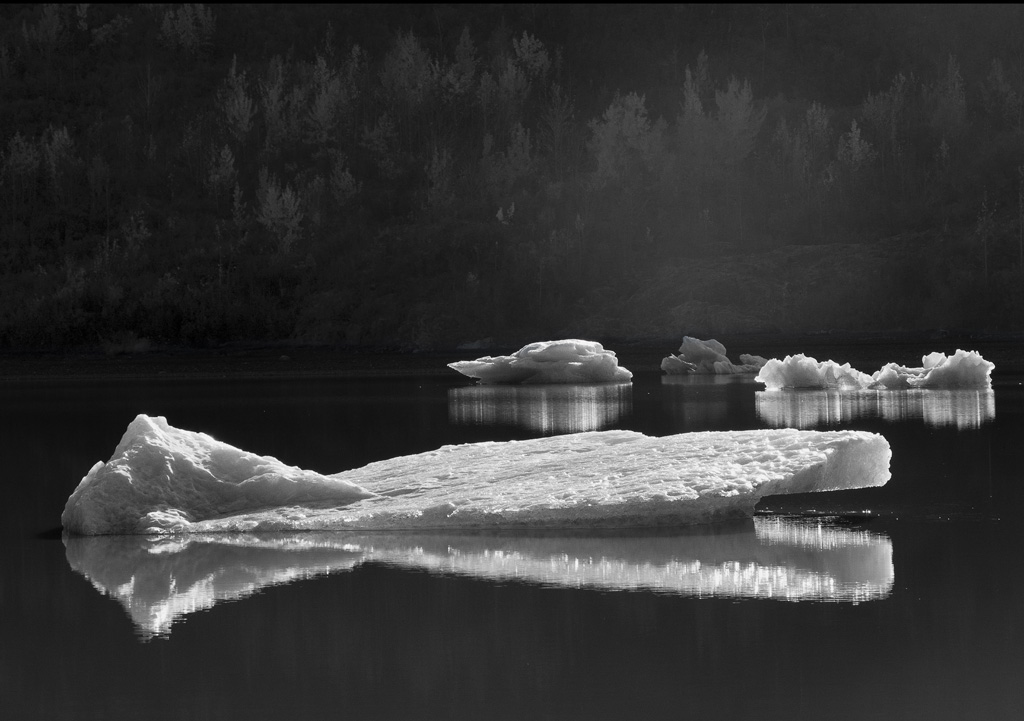
Q: Do you handle the staging of your colored landscape photographs differently than your B&W ones?
Sometimes I do go out with the specific intention of capturing a certain kind of image, which might be a beach and wave image, a mountain image, or perhaps shooting macros of textures and fabrics on a rainy day. I’ve even done, and really enjoyed, shooting commission pieces, an example of which is my Triptych that I did of the Homer spit at the request of the owner of The Art Shop Gallery that displays my photography. But more often, I’m out enjoying the journey through a landscape with no particular image in mind, but always on the lookout for the simple and dramatic view.
Visit sessions.edu for more information on online photography degree and photography certificate programs at Sessions College.

Sessions Staff is a restless soul who loves to share relevant news and design industry information with current and prospective students. Read more articles by Sessions Staff.
RECENTLY ON CAMPUS























